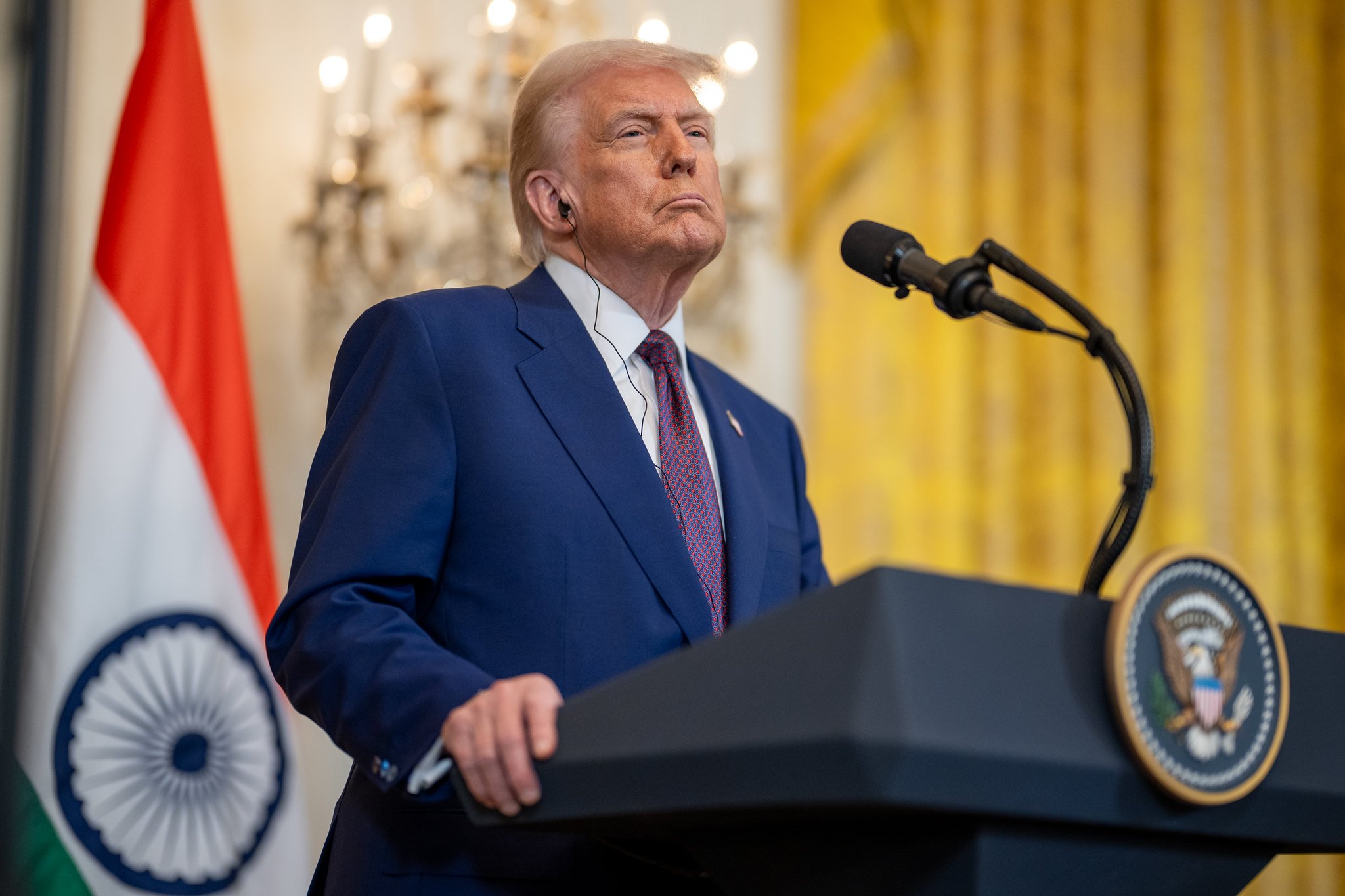The Real Target of Trump’s Crypto Strategy is the Federal Reserve
The US President has halted plans for a central bank digital currency: a mere show of strength to undermine the Fed’s independence. A commentary by Ignazio Angeloni

Among the many executive orders signed by President Donald Trump in recent days, one promises to bring about a revolution in an area we did not expect the new president to be interested in: the payments system. It is worth understanding its content, as it is also relevant to Europe.
First and foremost, the order delivers the final blow to the so-called central bank digital currency (CBDC), also known as digital cash; its creation and circulation are now banned in the United States.
Additionally, it initiates a legislative process aimed at making the US nothing less than “the crypto capital of the planet” (a promise Trump himself made last year while seeking votes from Bitcoin operators).
More importantly, a careful reading reveals that beneath the technical surface, the document conceals an inherently political objective: an attack on one of the last independent powers still standing in the United States—the central bank, the Federal Reserve.
Let’s start with the CBDC by briefly recapping its background. The concept of digital currency emerged in 2019, when Mark Zuckerberg, CEO and controlling shareholder of Facebook (now Meta), announced his intention to launch a personal digital currency, Libra. Central bankers feared that the young entrepreneur would steal their role.
Although Libra had critical flaws that would have prevented its success and was subsequently abandoned, central banks decided to seize the opportunity by studying the creation of their own digital currency, the CBDC.
Years of research, however, have not dispelled doubts about the necessity of digital cash, partly because it already exists in some form (all banks use it) and partly because central banks are more likely to promote an efficient and secure payment system by regulating it, as they already do, rather than by managing it themselves.
The Real Target is the Fed
Even before the November elections, it was clear that the Fed would not move from the study phase to implementation. So, did Trump make the right decision and provide clarity? Not quite. Here, the other two points come into play.
Despite his notorious unpredictability, one might ask: how can a president who claims to want US supremacy in all fields, including the dollar and the financial system behind it—the same president who four years ago called Bitcoin “a scam”—genuinely aim to make America the capital of an opaque, unreliable financial category populated by traffickers and money launderers?
Regulating crypto finance and bringing it within official channels is one thing, but making the country the “crypto capital” seems contradictory (outside of electoral campaigning).
However, a close reading of the text reveals that the focus is not so much on Bitcoin—a popular but highly risky tool (in the same category are the tokens launched by Trump and his wife Melania after the elections, now nearly worthless after a promising start)—but rather on so-called stablecoins, instruments with a stable value pegged to the dollar. While not yet used for retail payments, they are well-suited for such use in the future due to their similarity to the dollar issued by the Fed.
Suspicion arises when noting that the same executive order entrusts regulation to a technical committee including all relevant departments and agencies, except the Fed. This is unprecedented, as the Fed has always been part of presidentially created financial groups, from the one convened by Ronald Reagan in the 1980s after Black Monday, which still exists and has also dealt with stablecoins recently, to the one established by Barack Obama after the financial crisis. Excluding the Fed from this new initiative is an unprecedented institutional anomaly.
What allows Trump this affront is the vague legal framework governing payment system oversight in the US, with outdated laws from eras when the sector was entirely different, digitalization was nonexistent, and checks still dominated transactions.
By comparison, the European framework is clearer; the Treaty and the ECB statute assign the central bank the task of “promoting the smooth operation of payment systems” (note the plural). The central bank must also always be consulted on matters related to its competencies; its “opinions” outside its decision-making scope are not binding but carry influence.
While the different institutional framework limits the impact of US monetary decisions on Europe, the fact remains that in an interdependent global monetary system, decisions by the US inevitably influence others. Halting the digital dollar will prompt reflection among other central banks that, after years of preparatory studies, have yet to decide whether to launch the new instrument.
One of the advantages of digital currency should be interoperability, i.e., the connection between digital currencies created by different central banks, enabling a secure multinational and multi-currency network guaranteed by central banks, facilitating global cross-border payments, and reducing their costs. Without the dollar, that connection loses much of its importance.
What to do? The ECB has so far been the most determined supporter of the new instrument among Western central banks. Perhaps it too should reconsider.
A previous version of this article was published, in Italian, by Il Sole 24 Ore
IEP@BU does not express opinions of its own. The opinions expressed in this publication are those of the authors. Any errors or omissions are the responsibility of the authors.
